- Around the world in 180 days: Much about the pandemic remains a mystery
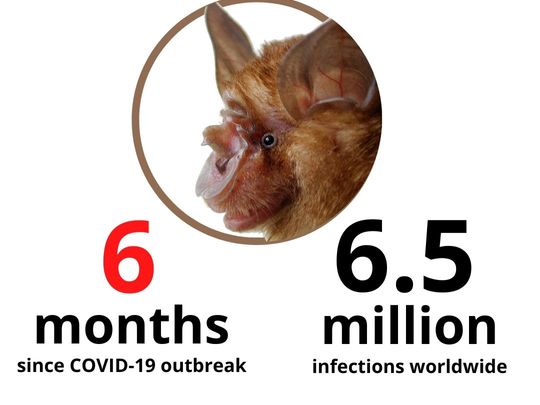
It did not really explode with a massive, viral "Big Bang”. Rather, it was like a slow-motion release of a horror movie, with a pretty quiet, puzzling start. We have yet to see its ending.
Depending on who “patient zero” was, and how the person actually got infected and started spreading the virus, the timeline could change.
No answers, just questions
Half-a-year later, numerous questions swril around everyone's head as they emerge from lockdowns. Scientists, given the limited time SARS-CoV-2 had been wreaking havoc across the globe, have no ready answers on those questions.
There’s only hope that a vaccine, at least one of the 10 frontrunners, could be ready as early as October.
What if it takes more time? What if no one trusts its efficacy, the trial process, or even the manufacturer?
And what if this present-day scourge just mysteriously goes away, like its elder sibling SARS-CoV-1 did?
Complexity and uncertainty are the defining traits of this virus. Here's one basic unanswered question: Who was “patient zero”?
That question may linger for a long time, perhaps forever, and never get a proper answer.
There were reports that the first suspected case was diagnosed on December 1, 2019 in Wuhan, China. So by inference, given the virus' average of five-day incubation period now known to science, the infection took place days earlier, in November.
And there had been obfuscations by local Chinese officials in Wuhan city in the way they dealt with the Chinese clinicians, the doctors who blew the whistle about the “atypical pneumonia” they’ve seen in a growing number of patients back in December.
The Chinese have admitted, though belatedly, their "shortcomings" in handling this pandemic's earlier chapter, penalised the erring officials and hailed Dr. Li Wenliang, a whistle-blower who died of COVID-19, as a hero.
The information float kicked up speculations and conspiracy theories — about a supposed “bioweapons” attack or an inadvertent release of the virus from a high-security biosafety lab in Wuhan. US President Donal Trump has unleashed a tirade against the WHO, terminating America's relationship with the world body after he accused it of being a "puppet" of China.
- Some scientists, on the other hand, point to the virus’ DNA signature as evidence that it has a natural, rather than man-made, origins.
ًWhile the jury is still out on this, scientists have gone on overdrive to do research across the world and have a better grip on the pandemic.
Despite the huge body of research done in the last six months published in the likes of The Lancet, Chinese Medical Association, Jama, CDC, Science, NEJM and PLOS, scientific knowledge about this microscoping pathogen remains woefully lacking.
Mystery
Scientists wrestle with key questions.
For one, this new coronavirus quite unlike any other previously known or seen: SARS-CoV-2 behaves like the flu in terms of ease of transmission (and triggering a deadly kind of pneumonia in severe cases), while "silent spreaders” can pass it on even when they are “asymptomatic”.
However, in terms of its structure, origin in bats and overall symptoms, it’s similar to other, previously known coronaviruses likes SARS-CoV-1 and MERS.
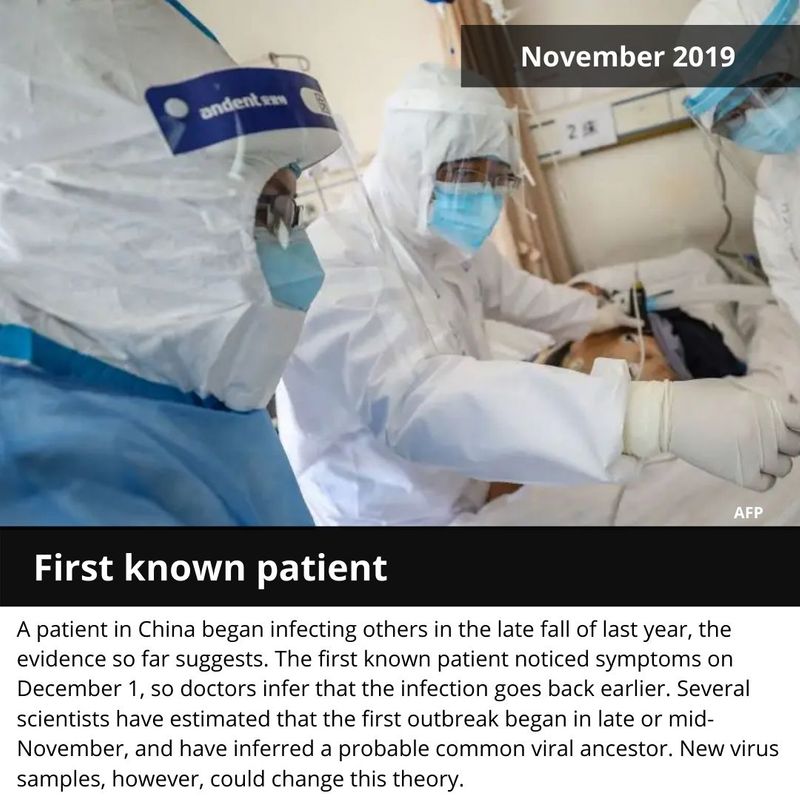
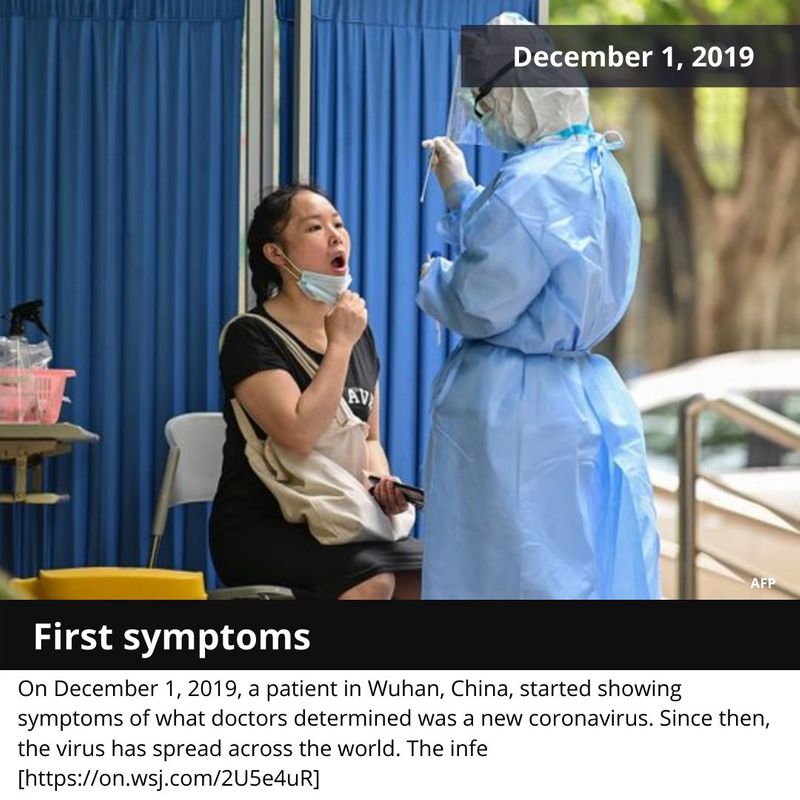
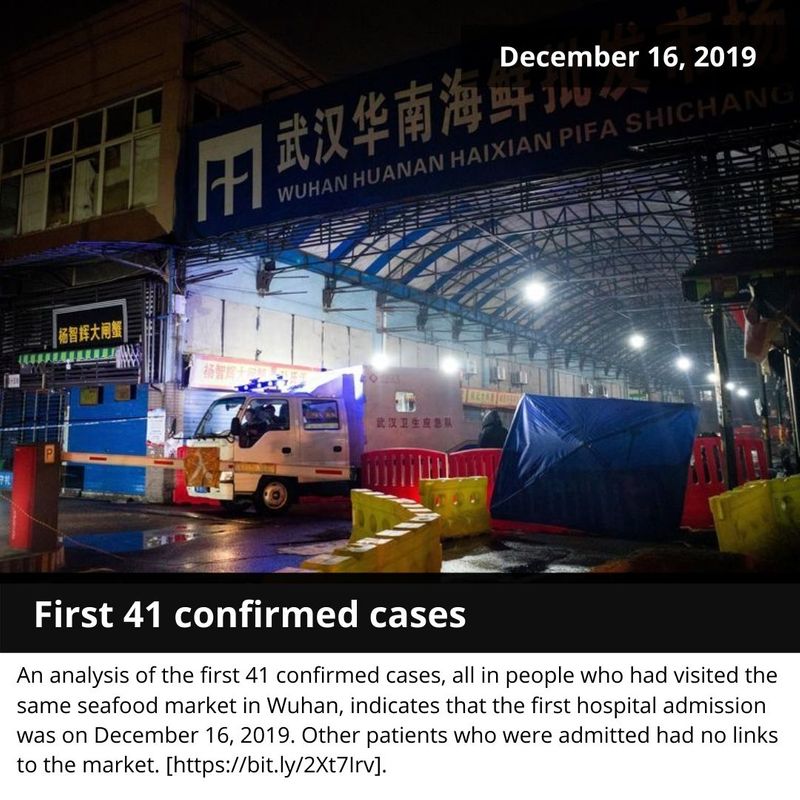
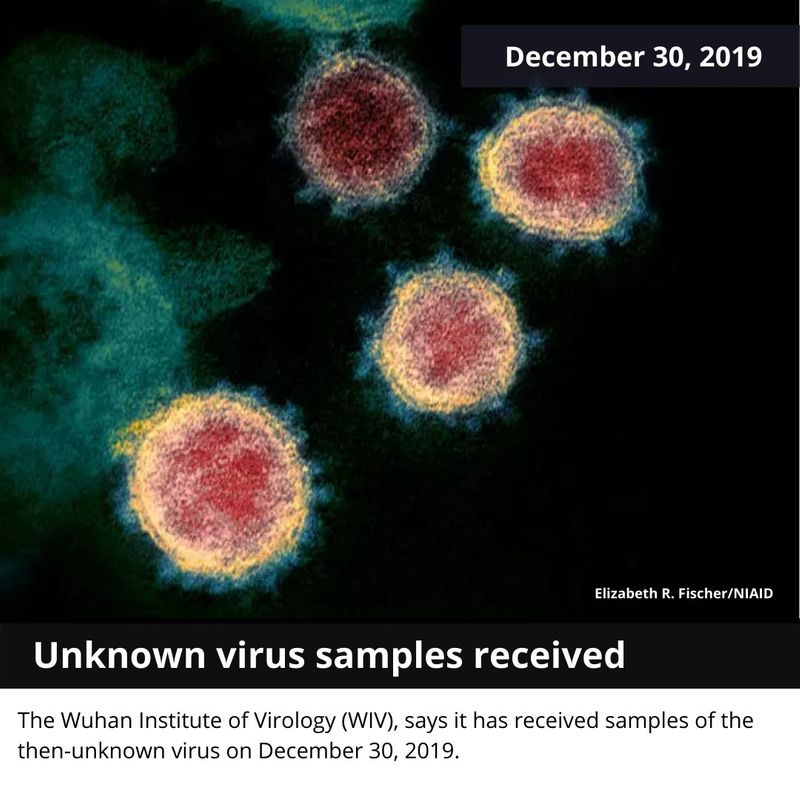
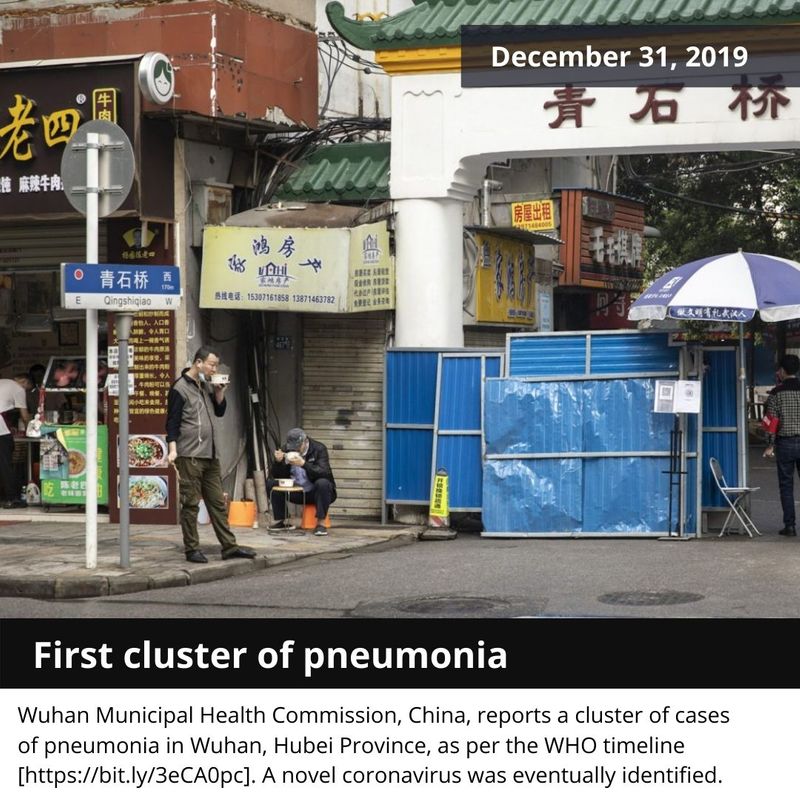
What adds to uncertainty were the sometimes conflicting guidelines and public pronouncements issued by the WHO about the disease.
For example, on April 2, 2020, WHO officials said there’s no need for healthy people to wear masks. The CDC had also issued guidelines stating masks need to be worn by only those who are really sick and display symptoms (cough, cold and sore throat) or by the hospital staff who are exposed to a high degree of infection.
Both the WHO and CDC have later “reassessed” the guidelines, especially when research emerged that micro-particles may stay longer in the air than previously thought.
Clinicians are also baffled by the whole range of symptoms which COVID-19 kicks up.
Unknowns
Over the last six months, much has been known about the virus. But More questions remain.
It may take some time for scientists to unravel its mysteries. And it would greatly help if the following questions were to get answers:
- Who was 'patient zero'? When and how did COVID-19 actually start?
- Why do some people get sick more than others?
- Why do children seem to be less susceptible to COVID-19?
- What role do children play in spreading the virus?
- What amount of virus does it take to make you sick?
- For those who recovered, how long would their immunity last?
- What triggers an immune response overdrive in some patients, that sometimes lead to death?
- What’s the real count of people who got infected — in order to know the actual case fatality and infection fatality rates)?
- What’s the real percentage of those who contract the virus have no symptoms (asymptomatic), and the so-called “silent spreaders”?
- What policies should be adopted with essential pregnant workers?
- Will touching a surface with a certain amount of virus or breathing air with a few droplets exhaled by a sick person make you ill?
- How much longer should I wear masks as a precaution?
- How can the world work together to better respond to the next potential outbreak?
- What should be done in order to prevent the release of highly-pathogenic viruses in labs (which had been documented to have occurred in the past)?
- What’s the best way to harmonize international surveillance of emerging viruses with pandemic potential?
A growing body of evidence suggests that infected children can transmit the virus, possibly as easily as adults. When children attend school, they come in contact with three times as many people as average adults do, providing more opportunities for children to become “super spreaders”.
FACT FILE: IMMUNE SYSTEM
A patient’s immune response to the viral infection determines the severity of the illness, said experts quoted in a New York Times report.
When the immune system goes into overdrive, it may trigger a "cascade" of harmful effects, injuring the lungs and other organs.
Immune function declines with age, and elderly people with COVID-19 are among the most vulnerable to poor outcomes, as are those with chronic health conditions like high blood pressure, diabetes and cardiovascular disease. Obesity, which affects 4 in 10 American adults, also appears to exacerbate the illness.
Men are at greater risk for critical illness and death, a sex disparity that may be explained by women’s more robust immune systems, scientists say.
Generally speaking, patients get sicker faster if they are exposed to a large dose of the virus when they are first infected, said Dr. William Schaffner, an infectious disease specialist at Vanderbilt University, as quoted by the New York Times.
When the immune system goes into overdrive, it may trigger a "cascade" of harmful effects, injuring the lungs and other organs.
Immune function declines with age, and elderly people with COVID-19 are among the most vulnerable to poor outcomes, as are those with chronic health conditions like high blood pressure, diabetes and cardiovascular disease. Obesity, which affects 4 in 10 American adults, also appears to exacerbate the illness.
Men are at greater risk for critical illness and death, a sex disparity that may be explained by women’s more robust immune systems, scientists say.
Generally speaking, patients get sicker faster if they are exposed to a large dose of the virus when they are first infected, said Dr. William Schaffner, an infectious disease specialist at Vanderbilt University, as quoted by the New York Times.
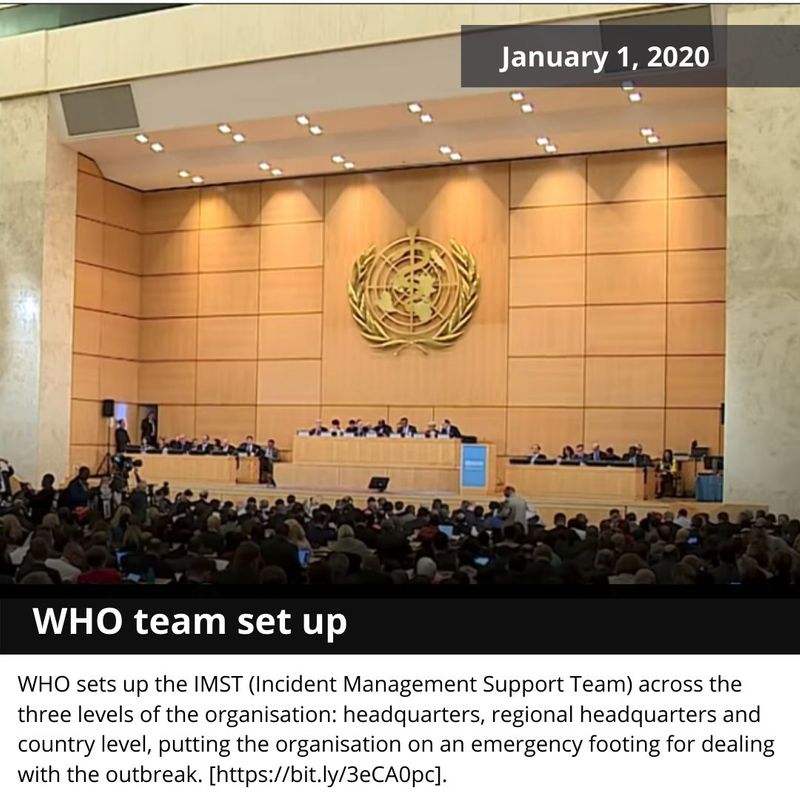
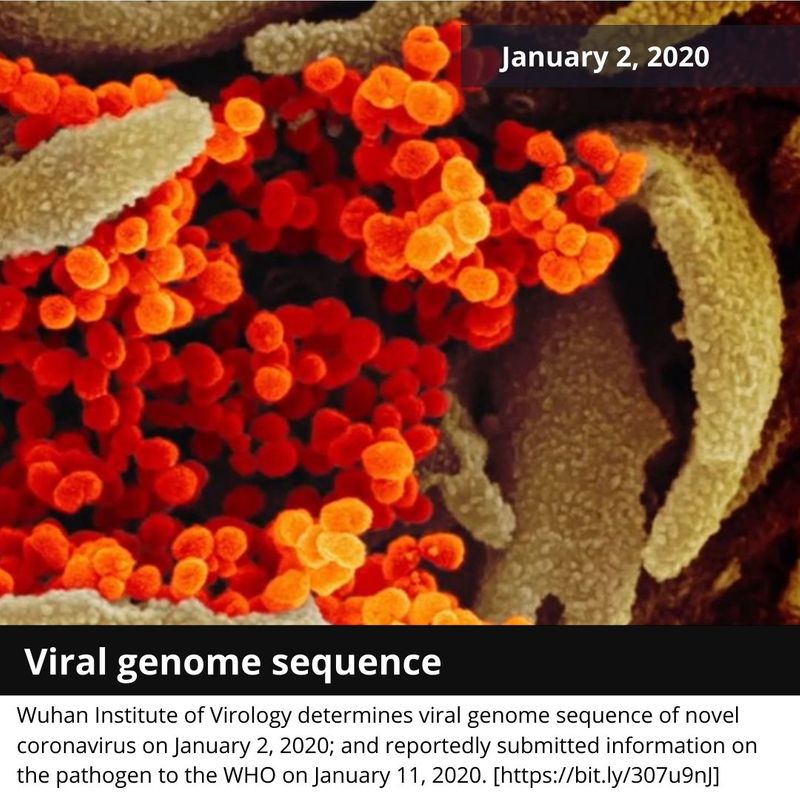
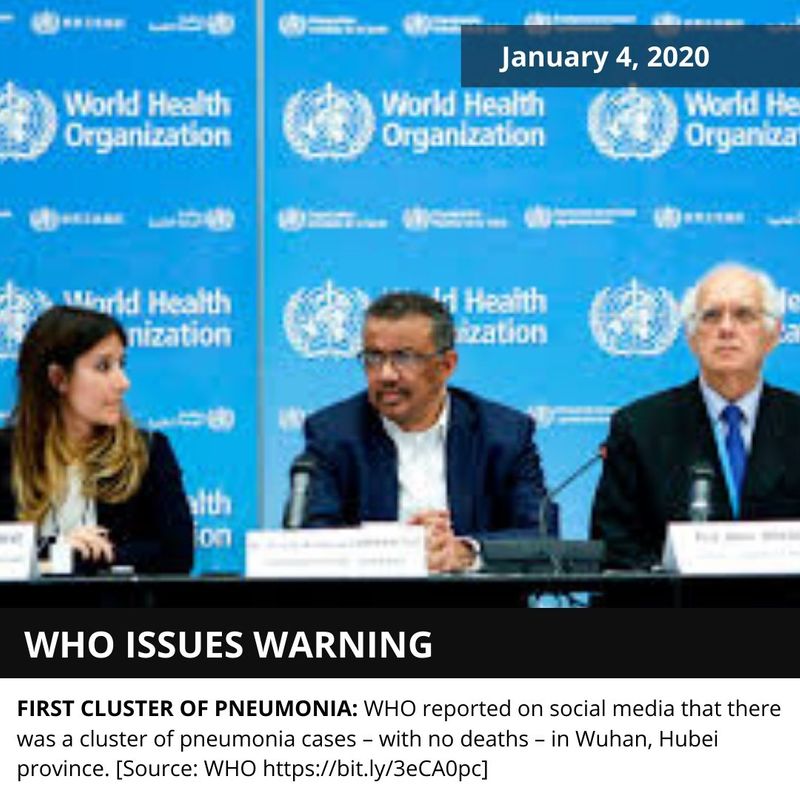
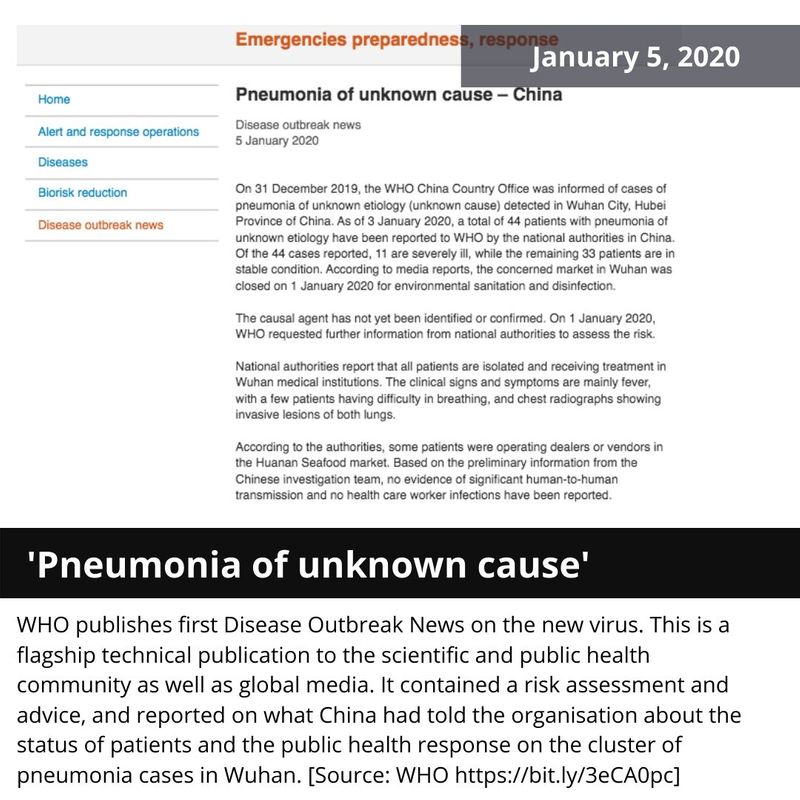
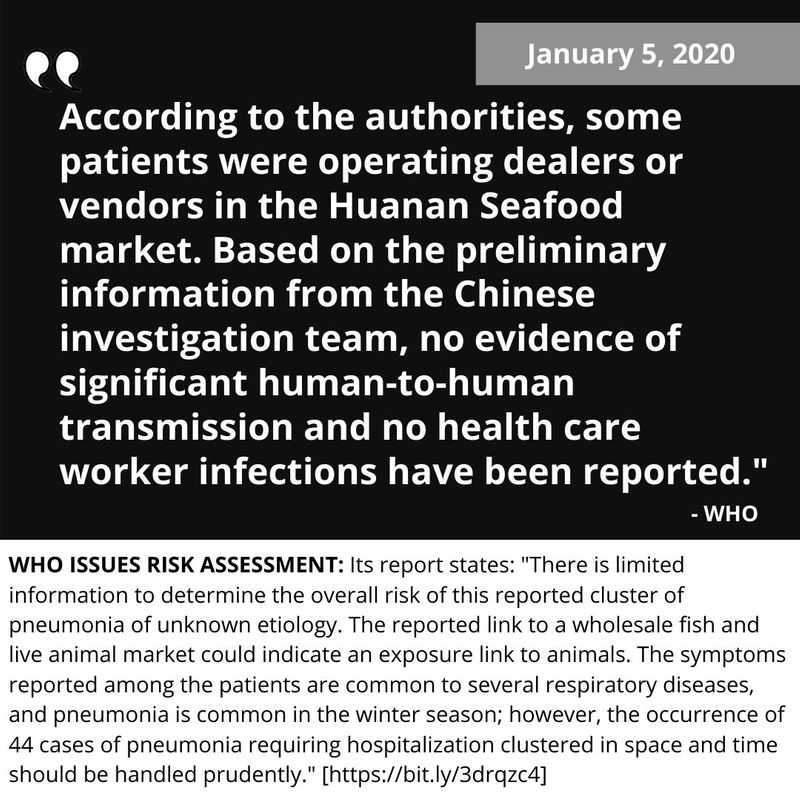
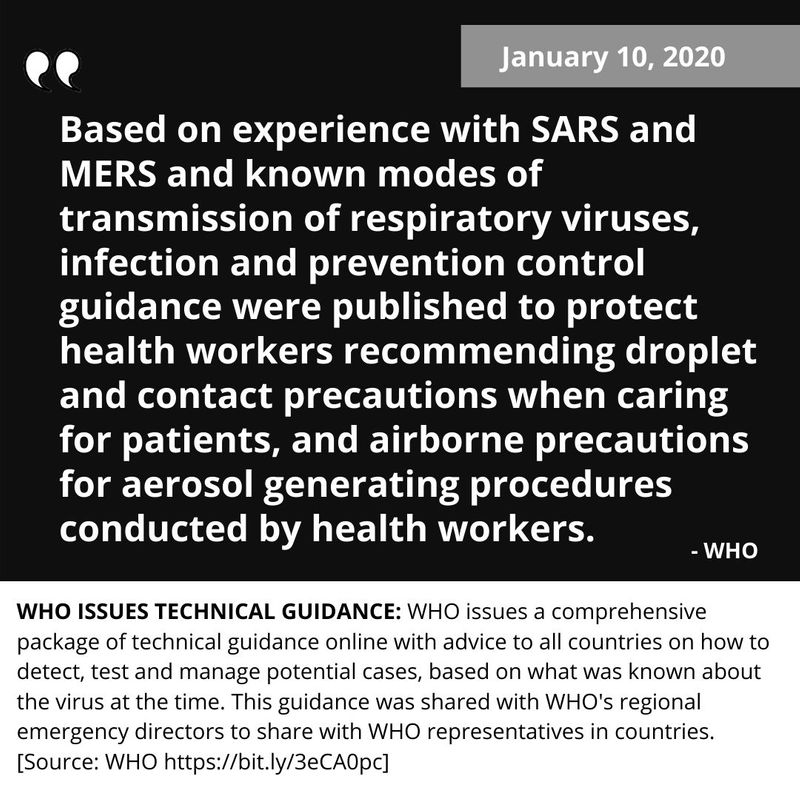
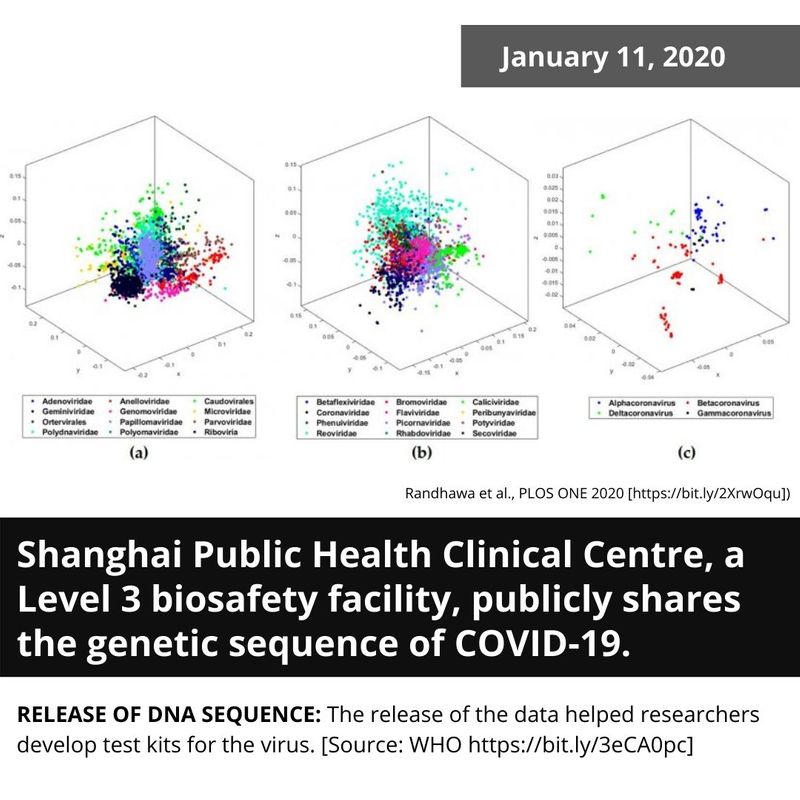
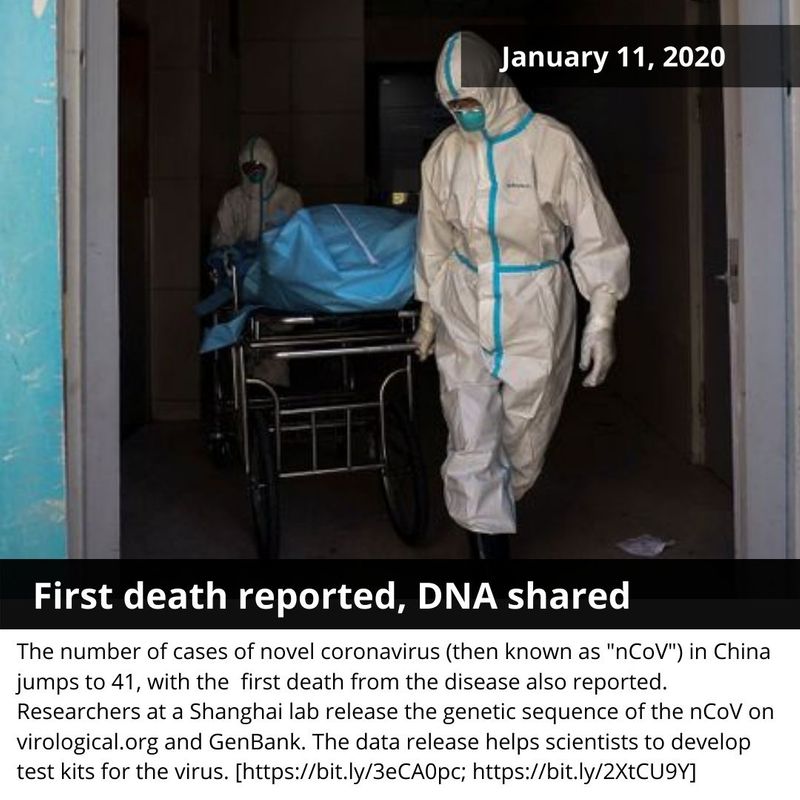
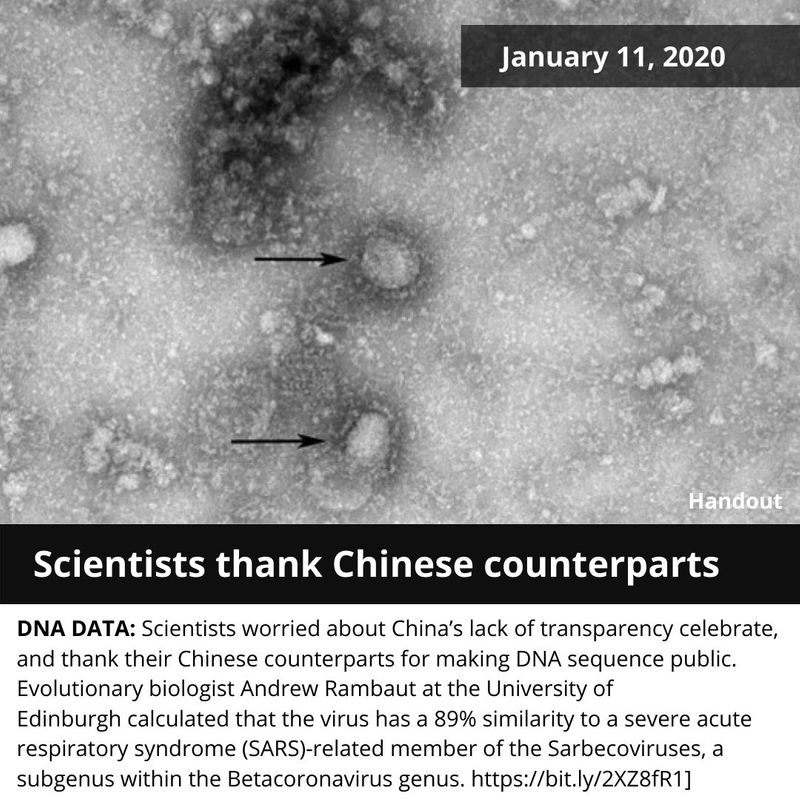
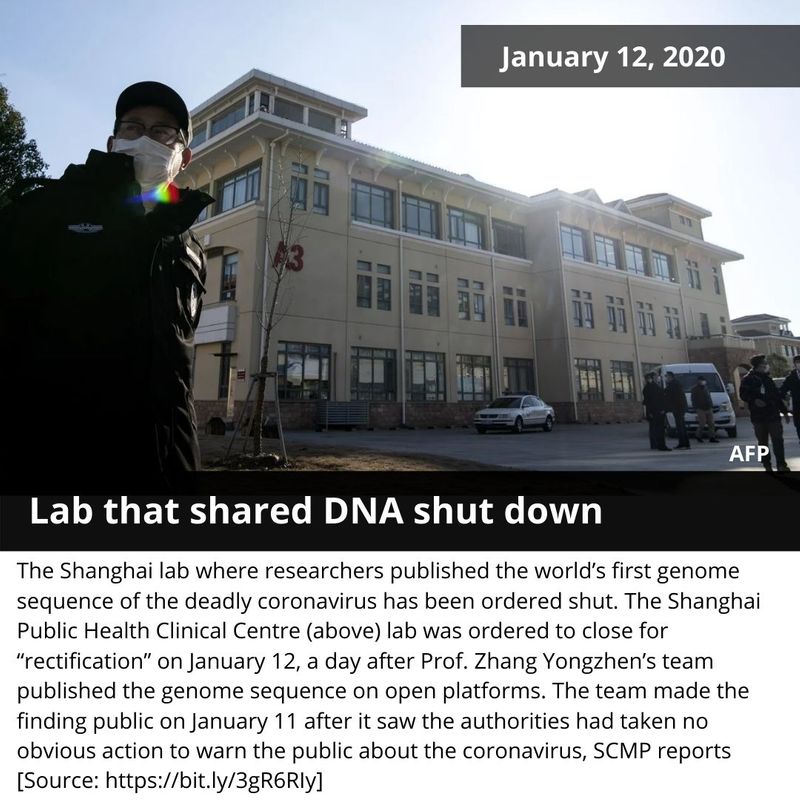
What we know so far
- More than 6.4 million people in 188 countries/territories had been infected by COVID-19 as or June 3, 2020. More than 380,00 have died till June 3, 2020
- The best way to protect yourself from coronavirus — whether it’s surface transmission or close human contact — is still social distancing, washing your hands, not touching your face and wearing masks. The most common symptoms of COVID-19 infection include fever, a dry cough, fatigue and difficulty breathing or shortness of breath., though runny noses and stuffy sinuses are less common.
- According to CDC, chills, muscle pain, sore throat, headache and a loss of the sense of taste or smell are some of the other symptoms. Most people fall ill five to seven days after exposure, though symptoms may appear in as few as two days or as many as 14 days.
- Wearing a face mask, washing your hands frequently, not touching your eyes can significantly curb your chances of being exposed to large amounts of virus.
- The virus enters human cells through a receptor called angiotensin-converting enzyme 2, or ACE2. This receptor is found on the outer surfaces of cells in the lungs, blood vessels, intestines and other organs, as well as in the back of the throat and high up in the nasal passage.
- Some scientists say children may be less susceptible to infection with COVID-19 because they have fewer of these receptors.
- ACE2 is also regulated differently in men and women, according to scientists who study sex differences in medicine, and men tend to develop hypertension, or high blood pressure, at younger ages than women. But much is still unknown.
- Out of 115 vaccine candidates, about 10 are currently undergoing human trials.
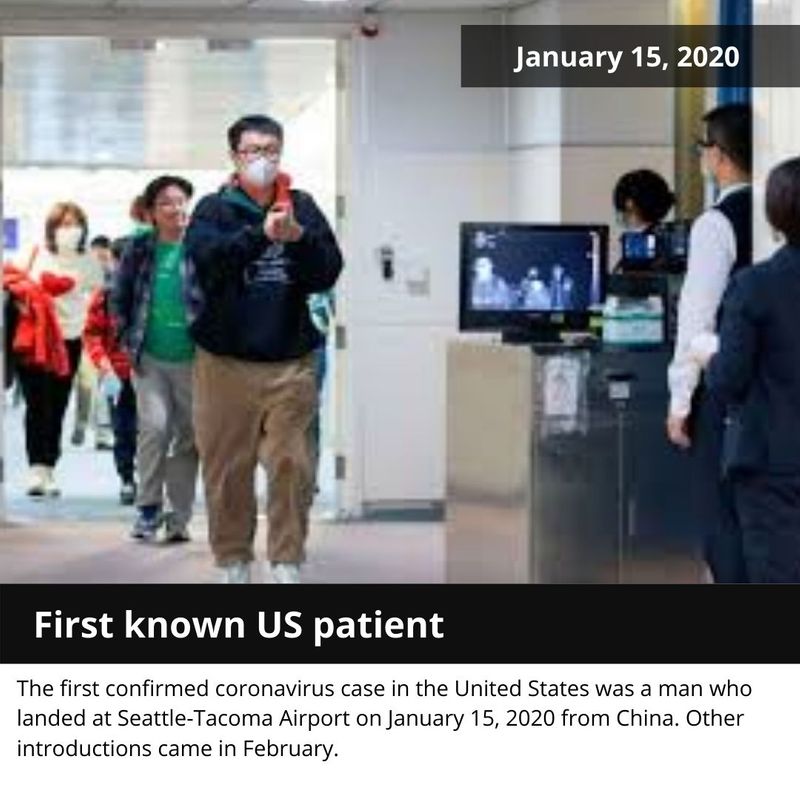
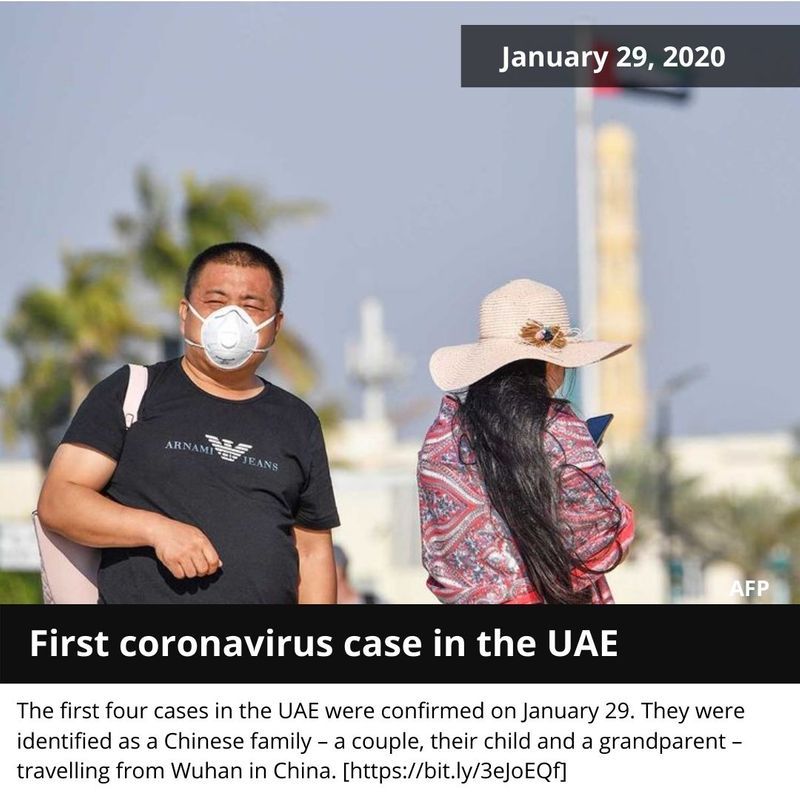
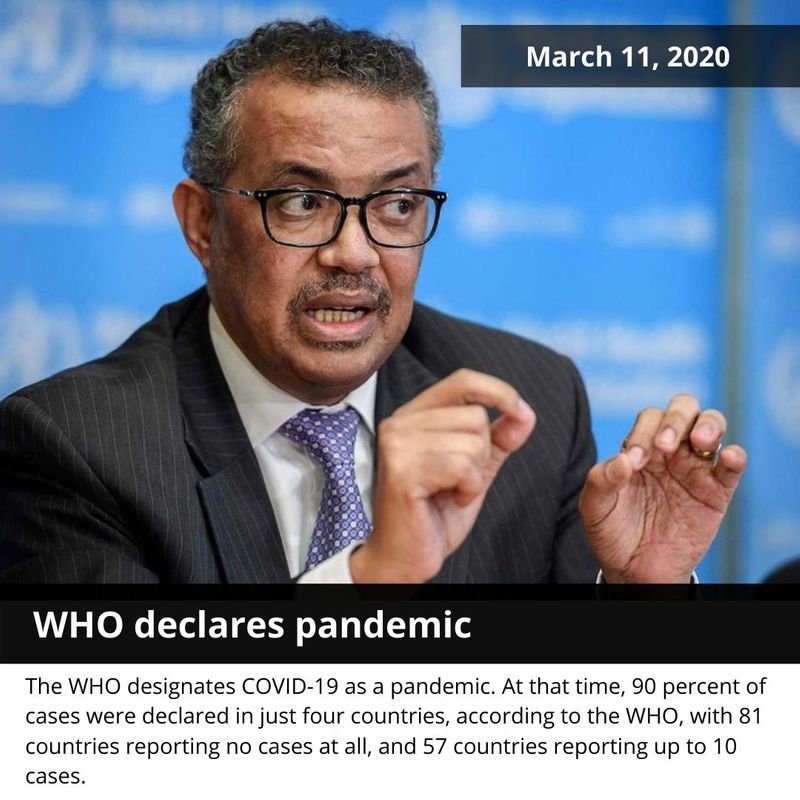
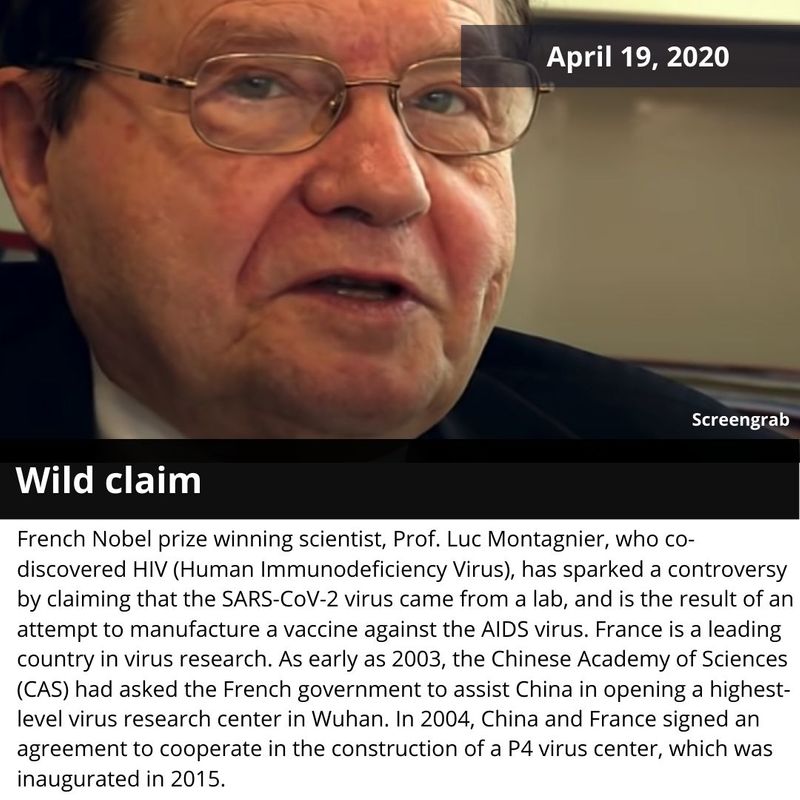


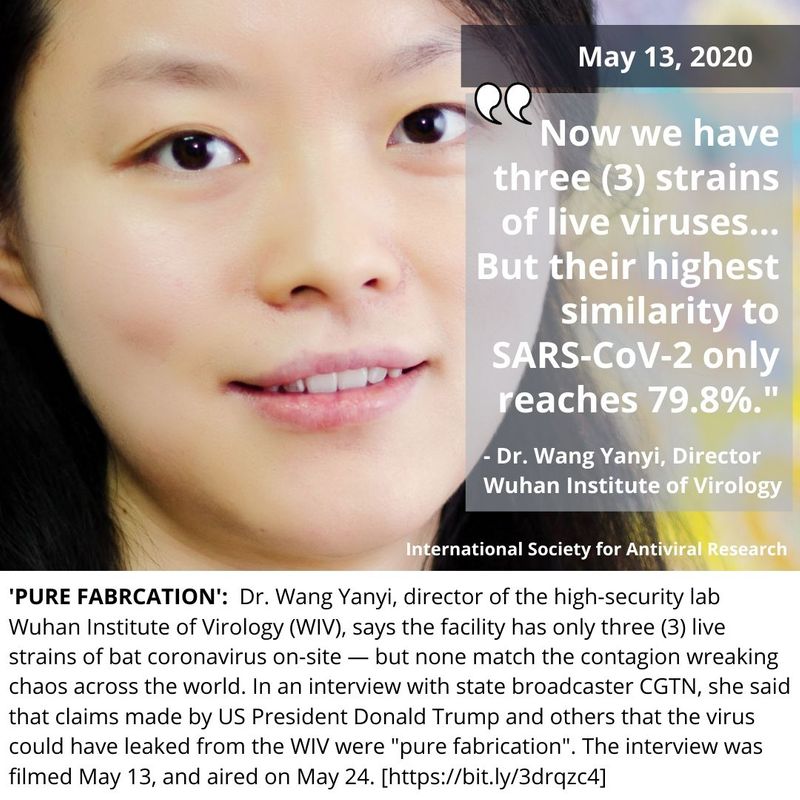
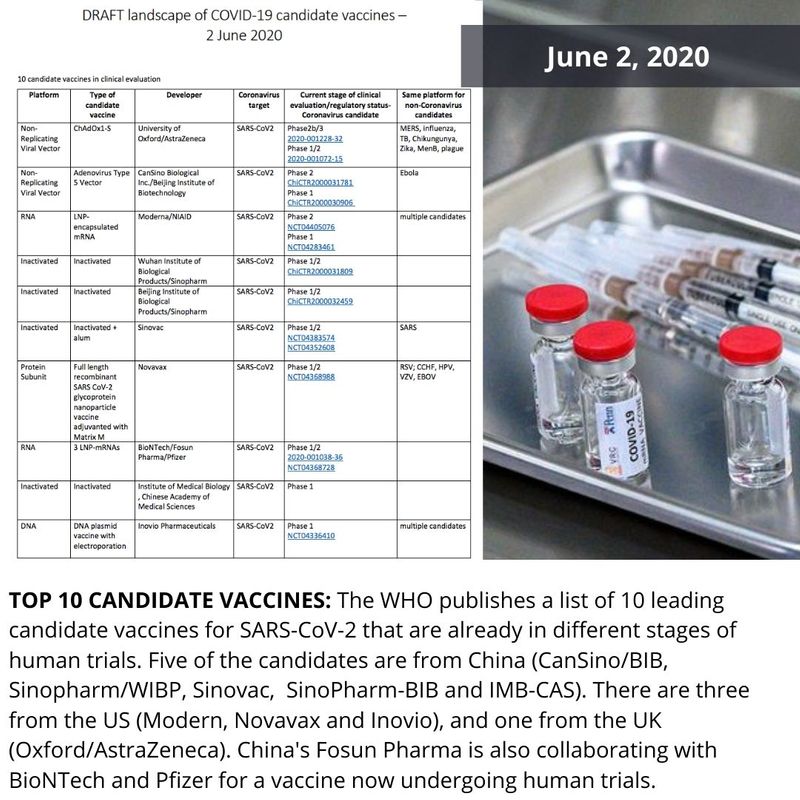
TAKEAWAYS
• Much of the coronavirus pandemic remains a mystery, though the sharpest minds are at work to better understand it.
• Humans have split the atom, sent probes beyond the Solar system — yet we still don’t know much about this tiny, microscopic coronavirus among and within us.
• Most of the world are affected economically and drained emotionally by this pandemic, yet we don’t know for sure if we’re going to be safe when go out, or when we fly again to see our family and friends.
• We’ve learnt how to identify people through AI-driven surveillance with split-second searches; yet six months on, we still don’t know who is “patient zero” of this pandemic.
• This virus has humbled all of us in more than ways than one.
• But it may have helped renew the face of the earth, or reduce the stress on the planet — if only for a little bit, due to significantly less carbon emitted when we all stayed home.
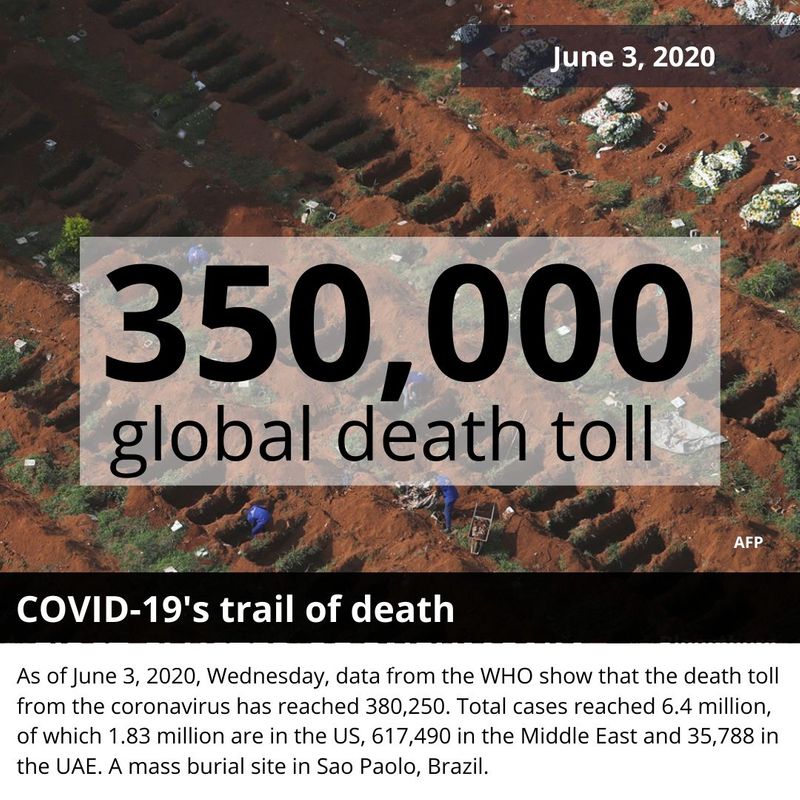








No comments :
Post a Comment